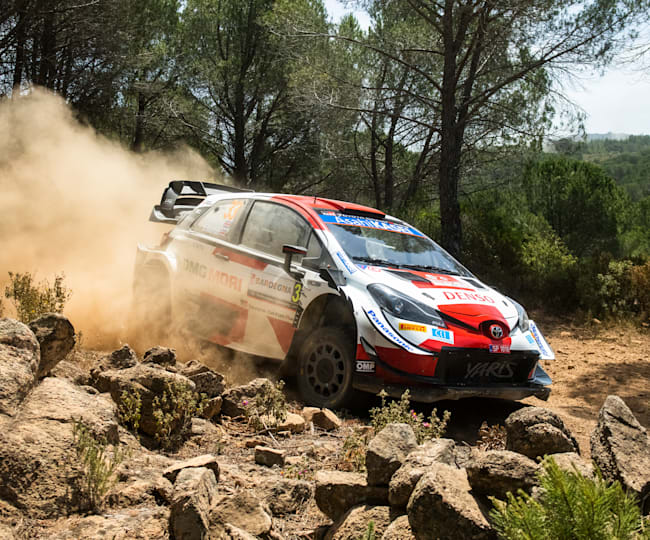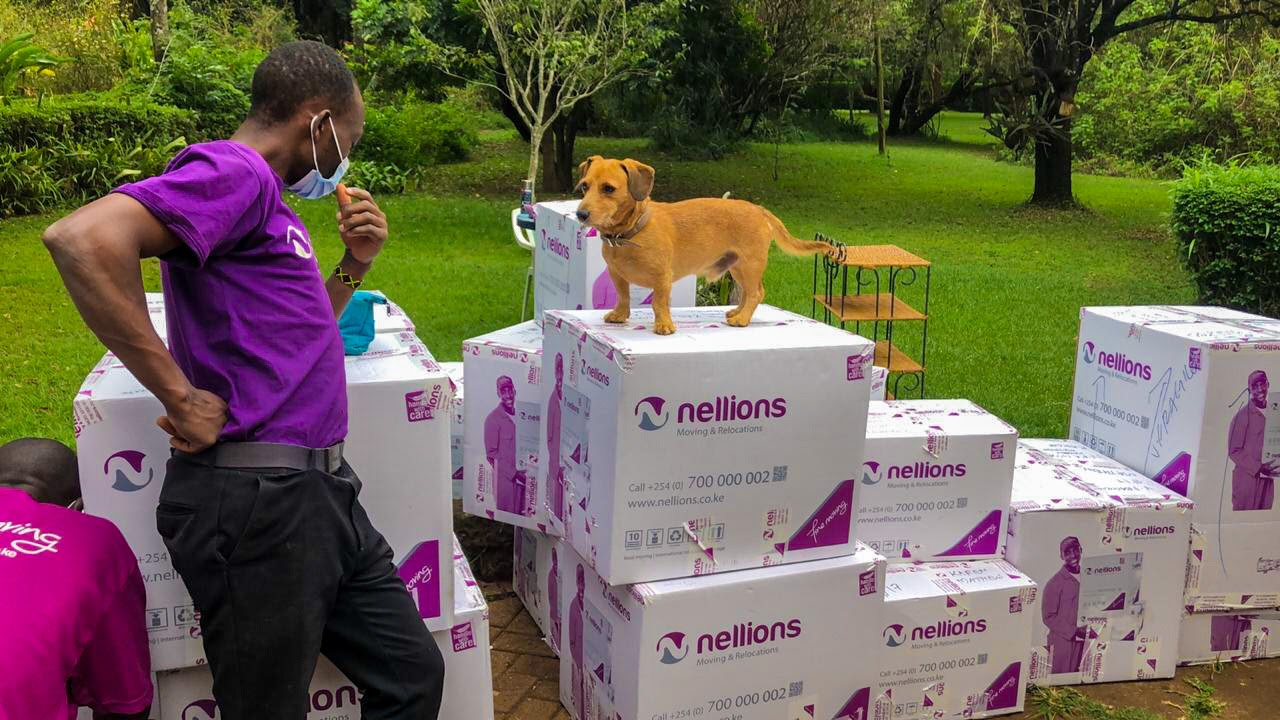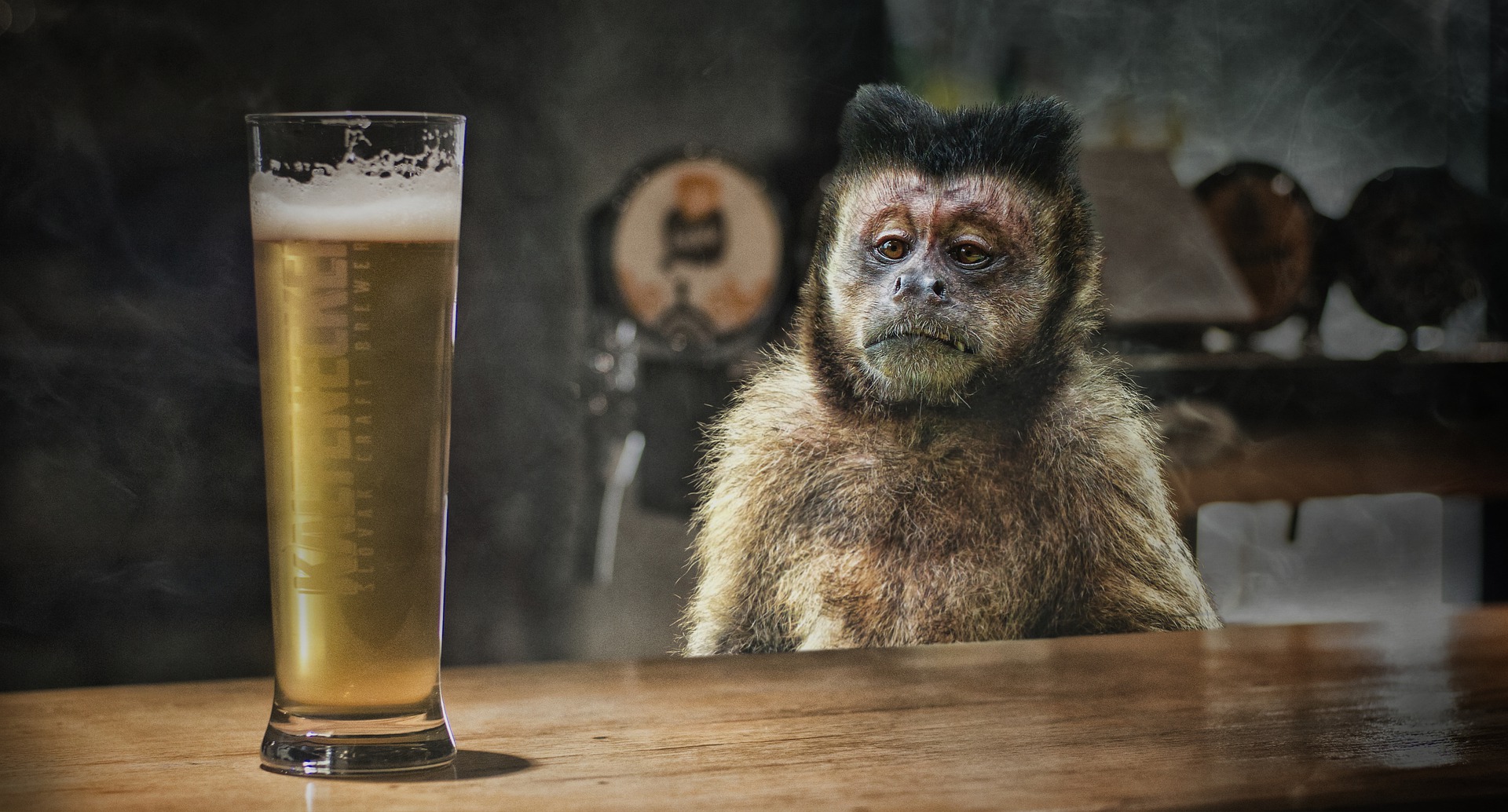If ever the World Rally Championship(WRC) needed confirmation it was back in Africa. The 2021 Safari Rally has been welcomed in Kenya with great zeal and enthusiasm. Click HERE to check the WRC Kenyan overview. The challenging nature of the punishing Kenyan roads, the wildlife, and the people, all make the event one of a kind across the globe.
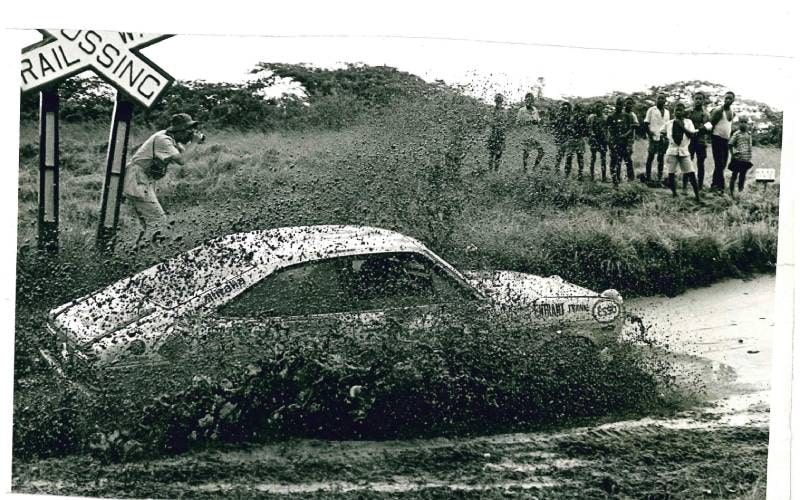
When it first came to East Africa – Kenya, Uganda, and Tanzania – in 1953, few people could tell you that it could mean so much the way it does now. This first Safari Rally was known as the East African Coronation Safari and it was held as a celebration of the coronation of Queen Elizabeth II.
It was renamed to East African Safari Rally in 1960 and it kept that name until 1974 when it became the Kenya Safari Rally.
Held on roads open to the public, the rally became the most notorious and the toughest of the World Championship Rally thanks to the arduous conditions, unpredictable weather, and over 5000 competitive kilometers made simply finishing an achievement.
But as the years progressed, the rally changed, and in 1996, it adopted a special stage format and from then until 2002, it featured over 1000km of timed tests. The rally left the WRC in 2002, but after a 19-year absence, it has made a grand entrance for the 2021 calendar, and drivers, once again, are back to the most challenging race ever.
While everyone in the country may always know what the Safari Rally is, only a few individuals can tell you where it all begun and why the cars look the way they do. This article delves into details about the history of this motorsport and why it has become such an inspiration for many.
When Did the World Rally Begin?
Since the dawn of time, mankind’s hunger for victory has been sustained to this day. It has led to races on foot, bikes, boats, horses, and more; and when the horseless carriage was invented in the 1860s, it was only inevitable that someone would try to use it for racing. But where did it all begin? When was the first race ever, held?
The rally we know today shares many similarities with the first-ever auto races. On April 28th, 1887, a French toymaker and engineer, George Bouton raced around a small track, or circuit, rather, but he was the only driver.
Although it seemed insignificant at the time, the point A to B kind of racing began in mid-1894, and with a 127 km long race. The race, which stretched from Paris to Rouen, was won by one Count de Dion. It is considered the first race ever since it marked the foundation of what is called today rally racing.
First Rally Held and FIA’s WRC is Launched
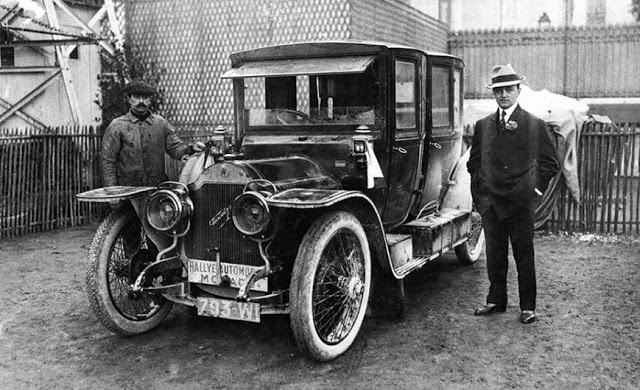
The first time the moniker “rally” was used in an event, was in the January of 1911 when the earliest Monte Carlo Rally was held. The race consisted of “concentration stages” leading up to the mountain before racing on it. It involved automobiles driven at low speed due to open roads. Also, the racing cars followed an official car driving at a set speed while being timed, careful not to go too fast for they had to finish on the official car’s time as precisely as possible.
To this day, this type of event is still held, but is known largely as a “road rally”. Meanwhile, the Monte Carlo Rally is still held every year as part of the World Rally Championship, and it is a stage rally at full speed.
So much has changed since then. From three-wheel automobiles to stock cars, the event has become a global phenomenon. Back then, when stock cars were used, the co-driver, unlike today, would get to drive the car. The drivers took turns in a race that could go on for days without stopping.
Over the years that followed, drivers became more professional, and cars become much more advanced. In contrast to a group of friends coming together to race on the weekends as a hobby, car manufacturer Mini disrupted everything by hiring better drivers and mechanics. The manufacturer also introduced simpler and lighter cars.
In 1973, with the popularity and the desire for teams to outwit each other under a racing championship, the Federation Internationale I’Automobile (FIA) World Rally Championship for manufacturers was born.
Although before the launch of the WRC manufacturers were already actively pursuing the rally, the newly launched platform was a real challenge. It became a magical spectacle for teams, drivers, and fans alike. It was during this era that we saw some of the most evocative rally cars of all time.
What About the WRC Cars?
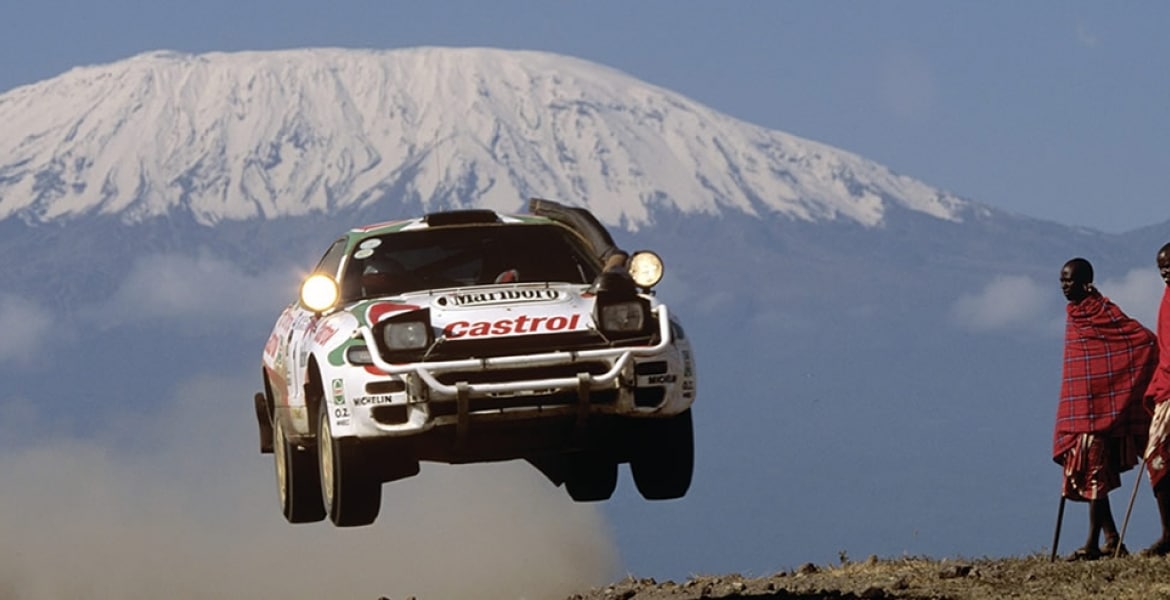
By the 1980s, the renaissance for rally cars had begun. There were four-wheel drive (4WD) cars, but they featured a robust build that made it hard for maneuverability, and they were mostly rendered obsolete by the rear-wheel-drive (RWD) in a race. Audi, however, used it for their new car, the Quattro.
Audi had done little to lessen the complexity and the difficulty of racing with a 4WD system, but one thing was true; the Quattro demonstrated what a four-wheeled grip could accomplish in dirt, gravel, and mud. Almost instantaneously, other car manufacturers introduced 4WDs pushing aside the RWDs such as the Ford Escorts, Fiat 131s, and Lancia Stratos.
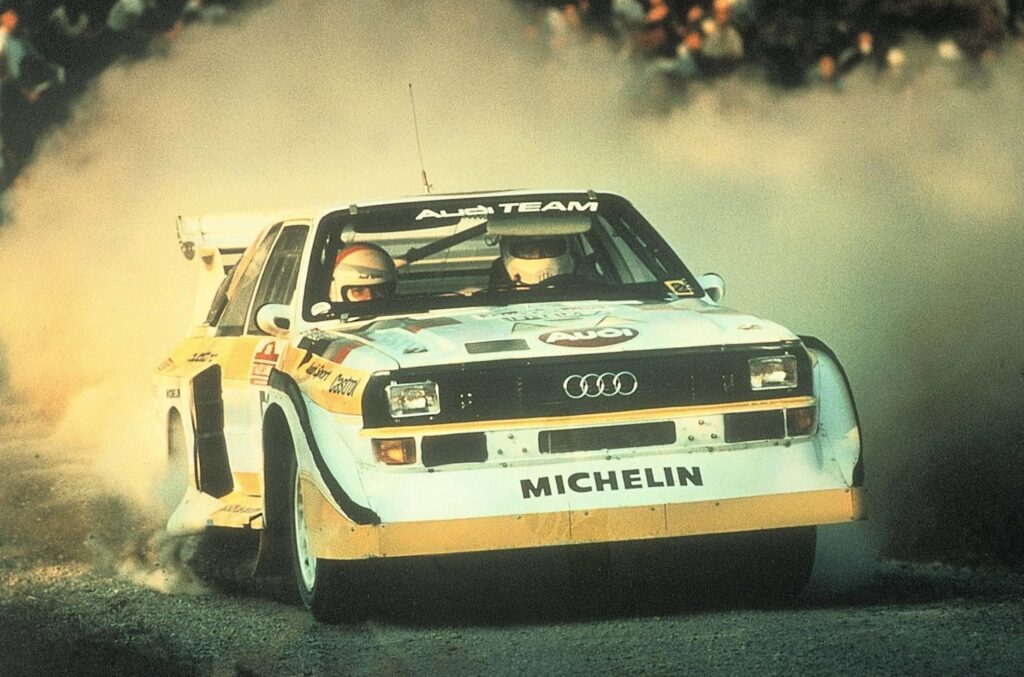
A new legendary era began; the Group B era, which signified the most dangerous periods for motorsport. Rally cars have completely changed since then. The RWDs and front-wheel drive (FWD) cars had their time, but on loose surfaces such as gravel, they couldn’t hold traction even with too much power.
Group B cars also shot up in the brake horsepower and became much lighter. Not long after, turbochargers followed and they became popular, fronting 4WDs as legendary monsters. WRC, during the time, introduced homologation rules that required car manufacturers to make at least 200 cars identical to the race car, to be sold to the public. This was to give people a taste of what light and a powerful car could do. Sadly, several unfortunate accidents happened, forcing the Group B class structure to be closed.
Group A Class Structure is Introduced
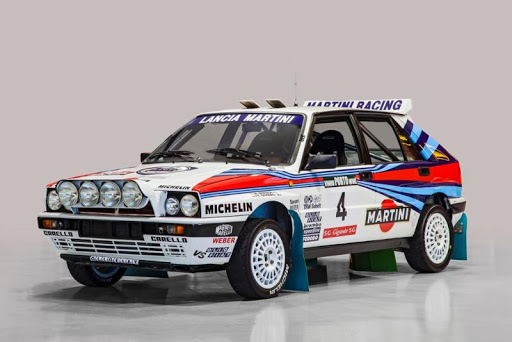
With FIA’s Group B class gone, rallying changed forever. The federation in 1987, introduced a new class as a response, Group A, along with rules that required competing cars to strictly be based on limited aspects concerning power, weight, and aerodynamics.
Of course, these rules worked in favor of the manufacturers who now incurred lower production costs apart from encouraging more private teams to enter the rallies. The new era brought forth brand-new rally cars such as the Lancia Delta Integrale, Mitsubishi Lancer Evolution, Ford Escort Cosworth, and Toyota Celica GT-Four, which all graced the stages.
Building on the success of the Delta S4 Group B car, the Lancia marque for a while became the unbeatable champions with the Delta Integrale. The team dominated the Manufacturers’ points right through until 1992, taking the prestigious title an incredible six years on the trot. This encouraged the Japanese manufacturers Mitsubishi, Subaru, and Toyota to change up a gear and showed impressive pace.
The Toyota Celica GT-Four topped the leaderboard in driver’s championship in 1990 and 1992 driven by Carlos Sainz, whilst Juha Kankunnen did the same on his debut year with the team in 1993, taking his fourth championship victory and bringing Toyota their first Manufacturers’ world title in the process.
The Group A era also saw a fresh crop of talent making their first foray into the world stage. European drivers entered the stage such as the young Scot, Colin McRae who joined the Subaru team for the 1992 season finishing fifth in his debut year but sealed the championship in 1995 in Britain after an intense battle with teammate Carlos Sainz.
Richard Burns, another European made his factory WRC debut at the Network Q RAC Rally in 1993. He brought his Subaru Legacy RS home in seventh place and went on to enjoy several further outings before moving to Mitsubishi in 1996.
The remainder of the 1990s saw the WRC dominated by Japanese protagonists Subaru and Mitsubishi. Subaru took the Manufacturers’ title in 1996 with the Impreza 555 before a change in regulations made way for the next generation of world rally cars.
WRC Changes the Rules
The rally rules that we know today were introduced by the WRC in 1997. The homologation section was removed to encourage European manufacturers to compete seriously again. Manufacturers could now make specialized purpose-built rally cars without a need to sell them.
The European manufacturers couldn’t keep up with the scale at which Japan was making them for the masses. But with the homologation rule removed, other manufacturers such as Seat, Citroen, and Peugeot got a chance to compete without having to sell racing variants of their cars.
Many Japanese cars are still used today for rallies, but privately. The official teams of Toyota and Subaru stepped out. Toyota made a comeback in 2017 to the WRC.
Rally Cars Inspiration to Manufacturers
The lifelong span of the rally has influenced the cars we drive today on public roads, and one of the contributions highly popularized is the fast hatchback style of car that can be both practical and fun. The format of rally vehicles has also guided many car makers on building robust cars that can handle and survive brutal road conditions, and even helped improve the safety of many cars.
That said, rallying is arguably the oldest motorsport. From a weekend hobby sport to being an international phenomenon, its roots are far-reaching and have tons of die-hard enthusiasts. The contributions it has made to the car manufacturing industry would not be enjoyed today if it wasn’t for the competitive instinct for speed and the desire to win.
Are you planning to move? Get a QUOTE from us.




